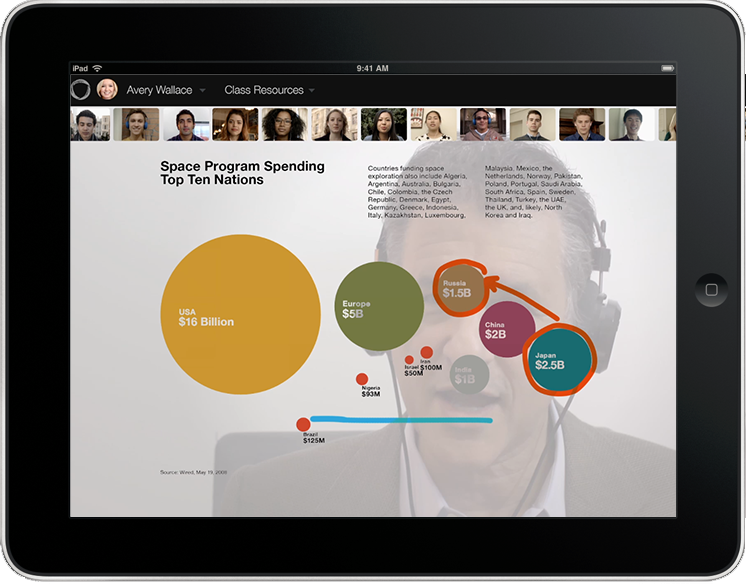The Minerva Project is an education startup with an ivy-covered heart and the mind of a Phoenix. With a mission to become the first elite American university founded in 100 years, Minerva is also an almost entirely online university. It is a for-profit institution focused on efficiency, cost-containment (capping tuition at $10,000 a year), and outcomes. Now part of the prestigious Claremont University Consortium through a newly minted relationship with the Keck Graduate Institute (a regionally accredited nonprofit that itself is quite innovative), Minerva is officially open for business and making a splash with its innovative approach to technology-enabled teaching and learning.
Why It Matters
Minerva is proving that high quality online education is possible and potentially more effective than traditional face-to-face learning. Take, for instance, Minerva’s commitment to:
High-tech, high-touch online teaching and learning.
Students are no longer content with the same old lecture-based formats that have long been the hallmark of an on-campus college experience. Students also do not want to learn in isolation online. To bridge this gap, Minerva uses a proprietary tool called its “Active Learning Forum” that seamlessly integrates face-to-face and distance education through a digital world of highly collaborative learning environments, lecture-based features, integrative breakout sessions, one-on-one collaboration tools, games, learning tools, and simulations. This platform is crisper and more intuitive than some of the most finely configured learning management systems around.
Analytics
Minerva’s “Active Learning Forum” is also data rich and chock-full of learning analytics used by faculty and students for instruction, remediation, and mastery-based learning. One unique feature is online “office hours,” which joins face-to-face collaboration features with real-time analytics to guide conversations between faculty and students and improve learning outcomes. This feature gives added heft to efforts to ensure “student success” in online environments.
Open learning
Learning today can occur in a variety of ways and in many places. Minerva not only acknowledges this, but also embraces it with an almost entirely modularized, self-paced learning model. Students take classes, but the content of these classes may come from a variety of sources, such as Minerva’s own online courses, MOOCs, open educational resources, conversations with peers, or simply by going out and exploring the world (a hallmark of Minerva’s model) in such a way that learning can be measured and accounted for through formal assessment.
Three Way to Become More “Minerva-Like”
To keep up with the evolution of online education, explore ways of making your online programs look and feel more like the Minerva experience. This may include the following steps:
- Enhance the look and feel of your existing LMS. Every institution houses its online programs in a central environment, most often a learning management system (LMS). In many cases, these tools are underdeveloped and greatly underutilized. Explore visual and experiential improvements to your platform. Focus on the overall look and feel of your online courses. Make them crisper and more intuitive and incorporate more collaborative tools and technologies. In many cases, this will involve working with vendors to maximize your LMS.
- Focus on the use of analytics to support student success. There are dozens of approaches out there to help you move forward in this space knowledgeably and tactically. No institution can get into “big data” alone—even Minerva works with firms on the outside to help inform its data strategy, so start finding partners now. Successfully leveraging analytics requires working with “smart” people who know data, e.g., firms like Civitas Learning or InsideTrack. Explore “big data” and make it work for you.
- Incorporate open learning into your online courses. This approach is already widely explored and very controversial, but it is sure to revolutionize the way institutions teach and the way students learn for years to come. Do not get left behind on this groundbreaking change, not only because it is coming, but also because it is effective. Stop trying to control and curate your own content. Open your students up to the universe of possibilities for learning and allow students to seize the opportunities at their fingertips to radically improve their learning outcomes.
Thank you for subscribing!



